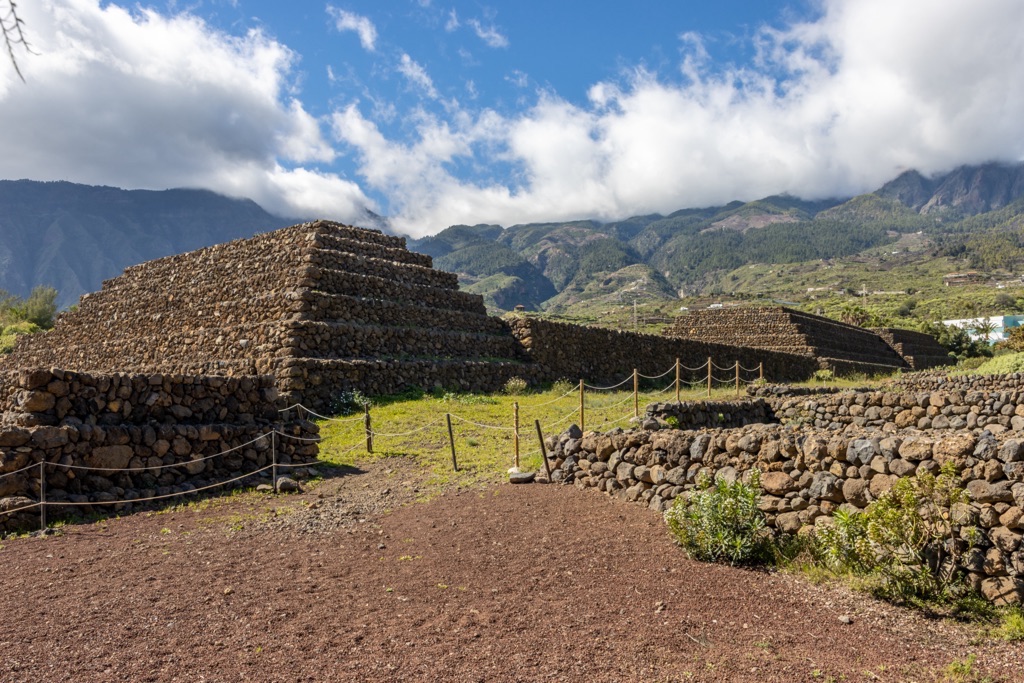The Pyramids of Güímar stand as a captivating enigma in the Canary Islands, beckoning historians and tourists alike. Their precise origin remains a puzzle, generating intrigue around the world. Some theories suggest they were random stone heaps made by farmers clearing the land. However, Thor Heyerdahl, a notable explorer, argued that their careful construction aligns with astronomical phenomena; hence, they might have sacred significance. The pyramids exhibit a meticulous step design, which is not typical for mere agricultural byproducts. This suggests a deliberate human effort, possibly with ceremonial purposes, adding to the site’s mystique.
Historical Places
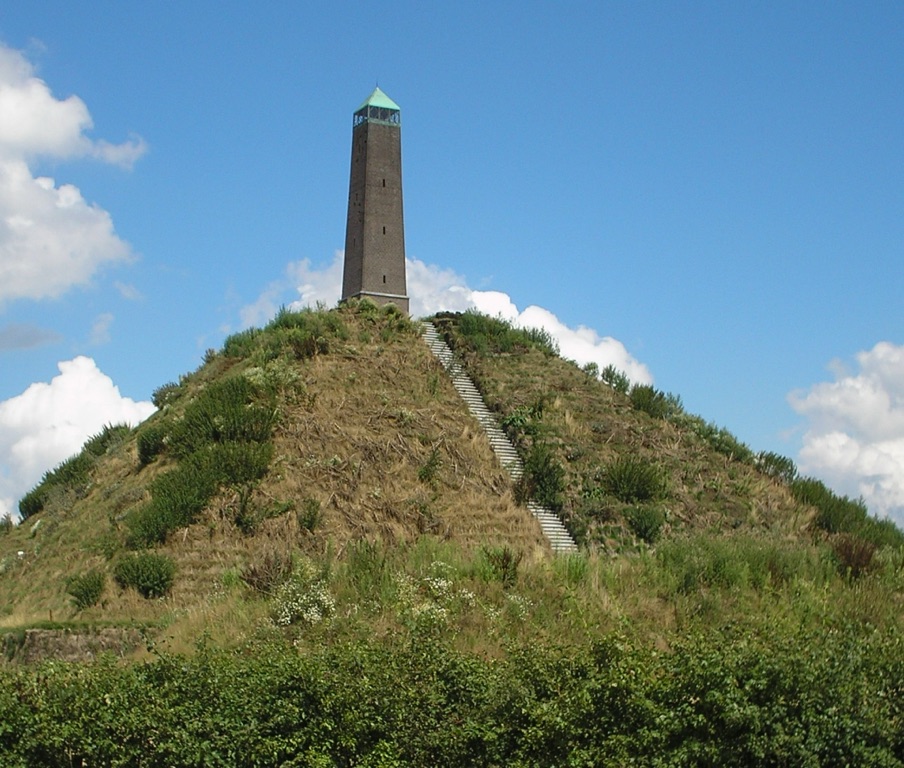
Pyramid of Austerlitz
Located in the heart of the Netherlands, the Pyramid of Austerlitz is a historical marvel steeped in European history. Built by the soldiers of Napoleon’s Grande Armée, this unique pyramid stands as a monument to their time in the region. Surrounded by lush forest, the structure offers visitors a glimpse into the Napoleonic era, commemorating the military achievements of the time. Its earthen form, topped with a stone obelisk, provides a distinctive silhouette against the natural landscape, attracting history enthusiasts and tourists alike.
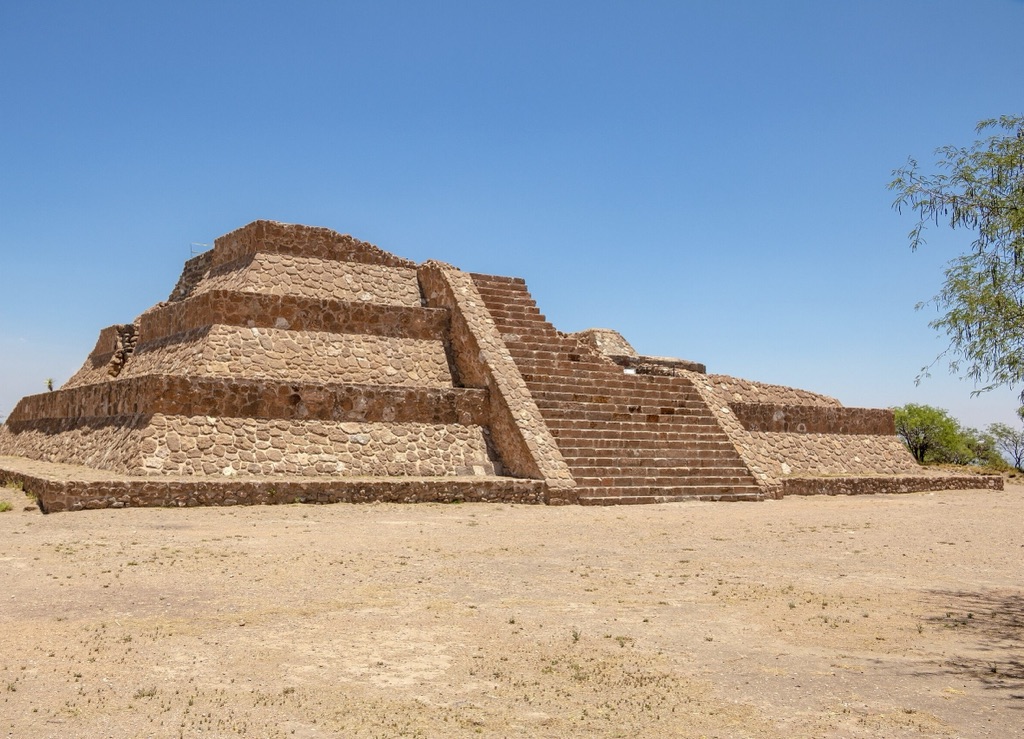
Pahñú
Embedded in the heart of Mexico lies Pahñú, a historical site reverberating with ancient stories and cultural wealth. This age-old archaeological treasure offers visitors a vivid window into the lives of the indigenous people that once thrived there. With its grand stone structures and intricate carvings, Pahñú stands as a testament to the Otomí people’s ingenuity and spirituality. Scholars believe that the site might have served as a ceremonial center, making it a focal point for understanding pre-Columbian religious practices.
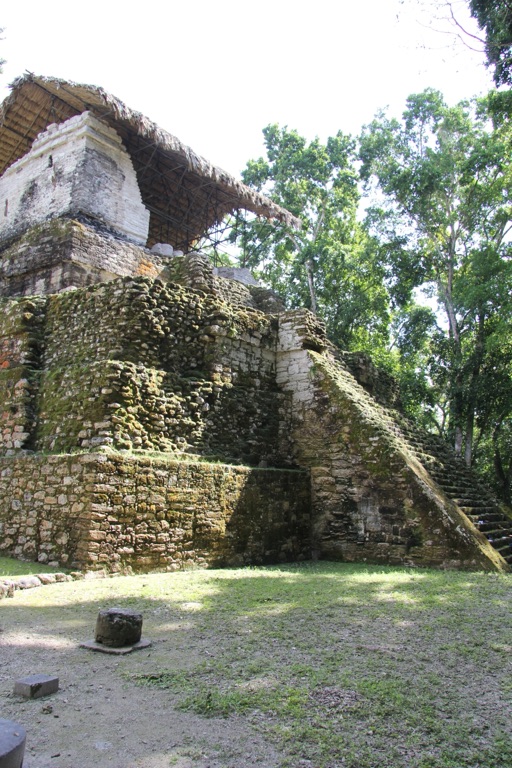
Topoxte
Topoxte stands as a testament to the rich cultural tapestry of Guatemala. This historic site reveals the complexity of the Mayan civilization. Located on an island in the Yaxha lagoon, Topoxte was a post-classic Mayan city. Historical evidence shows it thrived from the 10th to the 15th century. The ruins showcase distinct architectural styles, providing visitors a glimpse into its significance. As the last known Mayan city inhabited before the Spanish conquest, it offers an invaluable cultural heritage. It further captivates explorers with its jungle setting and diverse wildlife, enhancing the visitor’s experience beyond historical intrigue.
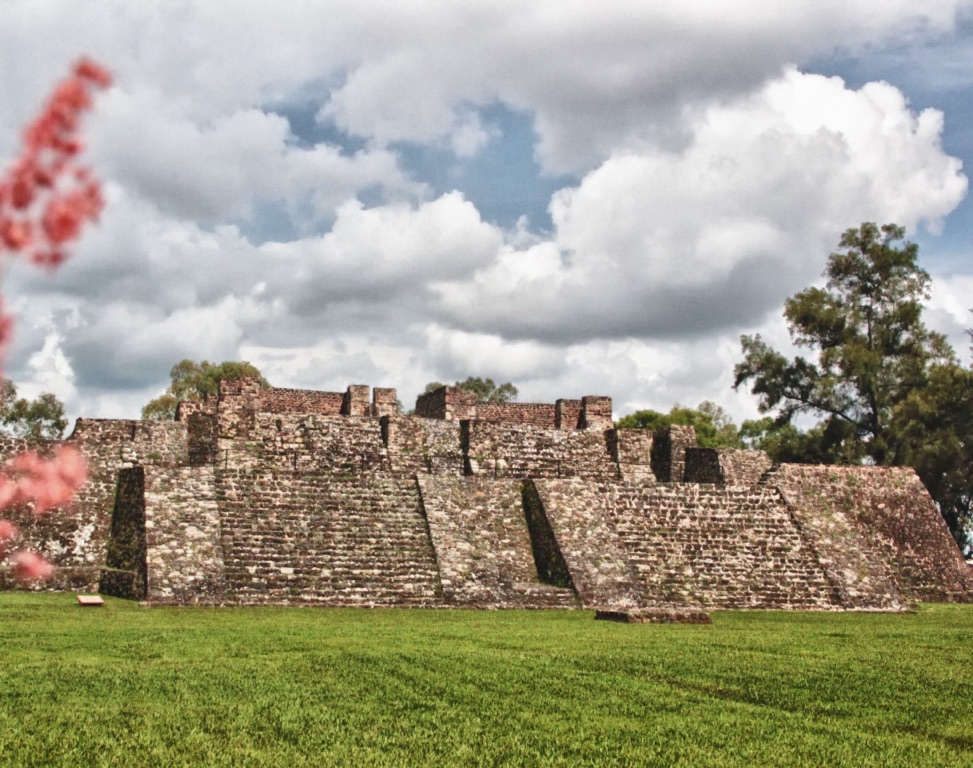
Teopanzolco
The magnificent Teopanzolco stands as a testament to the rich cultural tapestry of Mexico’s past. Nestled in the heart of Cuernavaca, Morelos, this historical site is a vital piece of the Mesoamerican puzzle. It reveals the complex layers of pre-Columbian societies. The site comprises of several pyramidal structures. These are tangible remnants of the Aztec civilization’s architectural prowess and their predecessors. Teopanzolco is more than just a series of ancient ruins. It’s a living memory of bygone eras where ritual and tradition played central roles in society. It provides a window into the lives and beliefs of its ancient inhabitants.
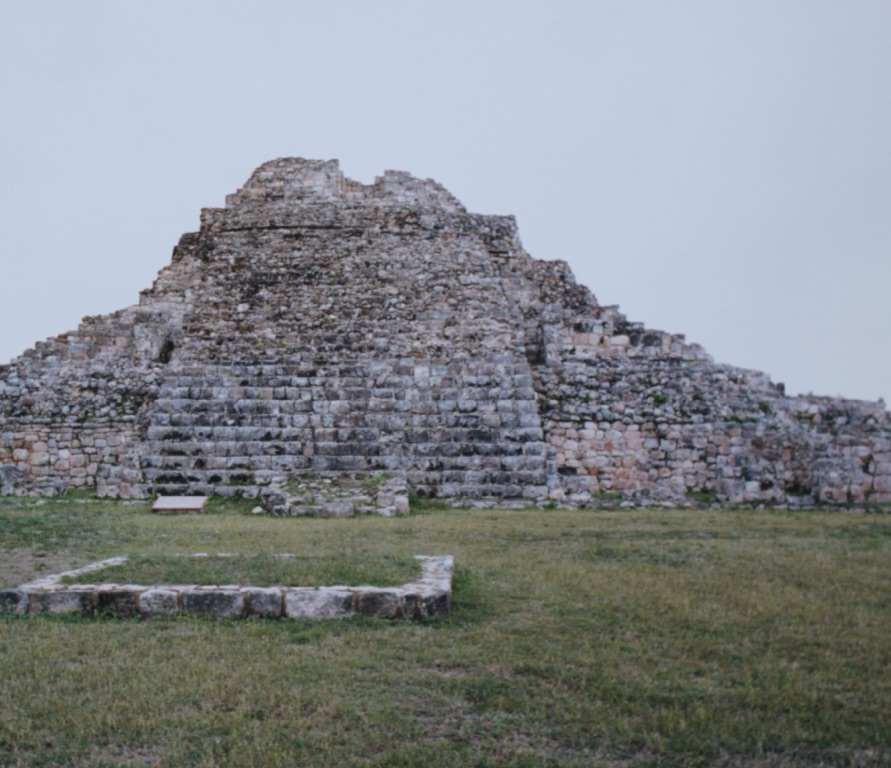
Oxkintok
Oxkintok is a hidden gem from the ancient Mayan civilization, nestled in the northwest of the Yucatan Peninsula, Mexico. This site holds significant historical value due to its unique architectural styles and advanced city planning. Visitors to Oxkintok are greeted by imposing structures like the Tzat Tun Tzat maze, which showcases the intricate Mayan approach to building and decoration. The site’s layout reflects a sophisticated understanding of astronomy and timekeeping, positioning it as a beacon of Mayan innovation in its era. Oxkintok has been subject to archaeological studies that aim to unravel the richness of Mayan culture and its relationship with the surrounding landscape.

